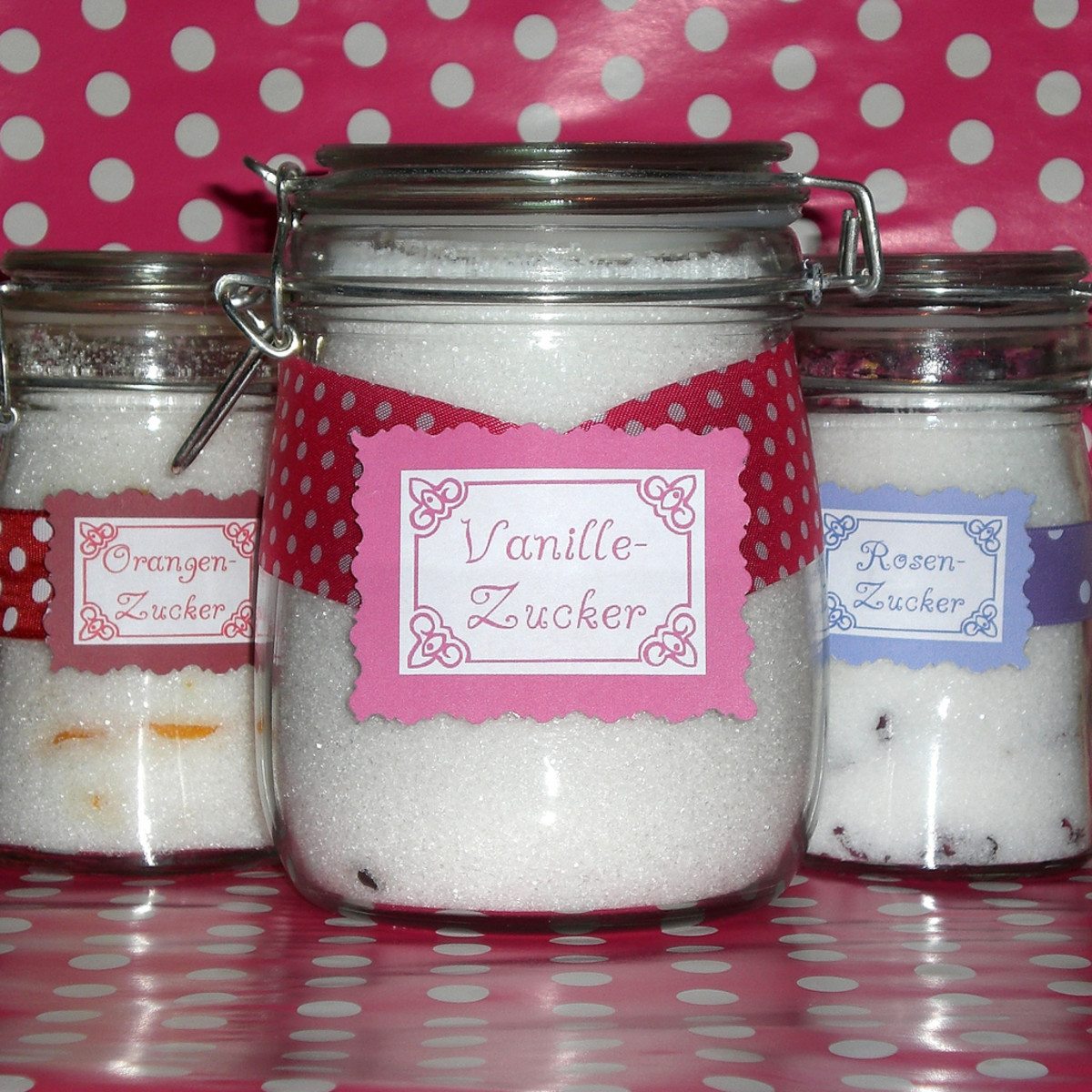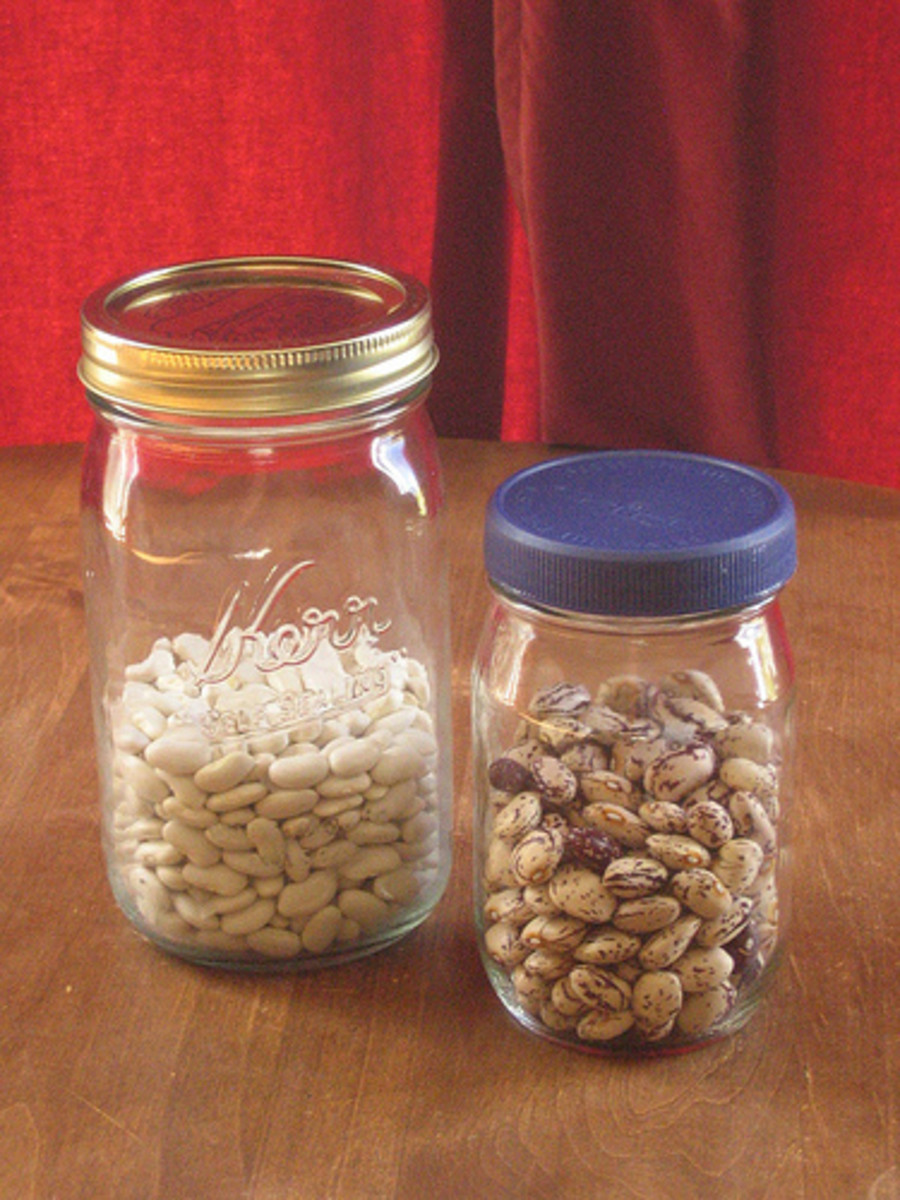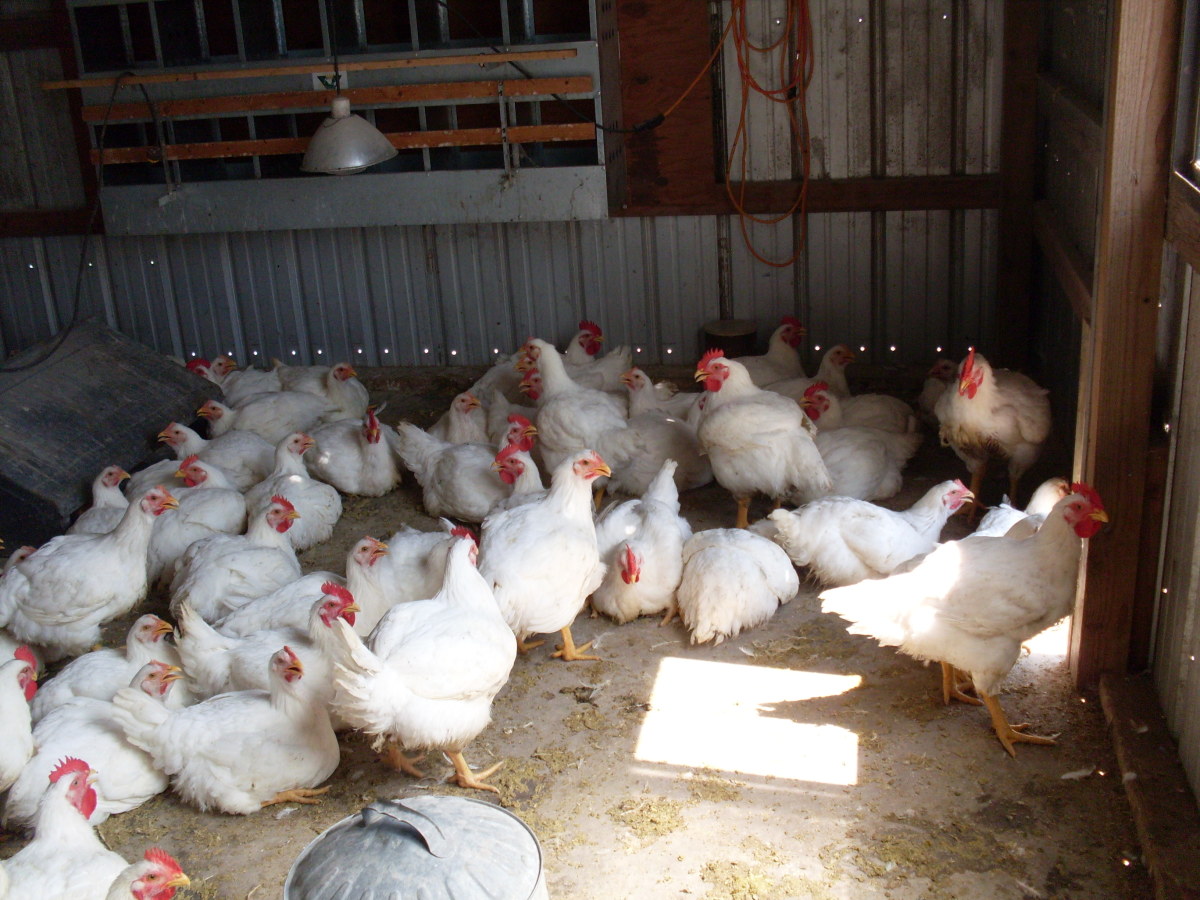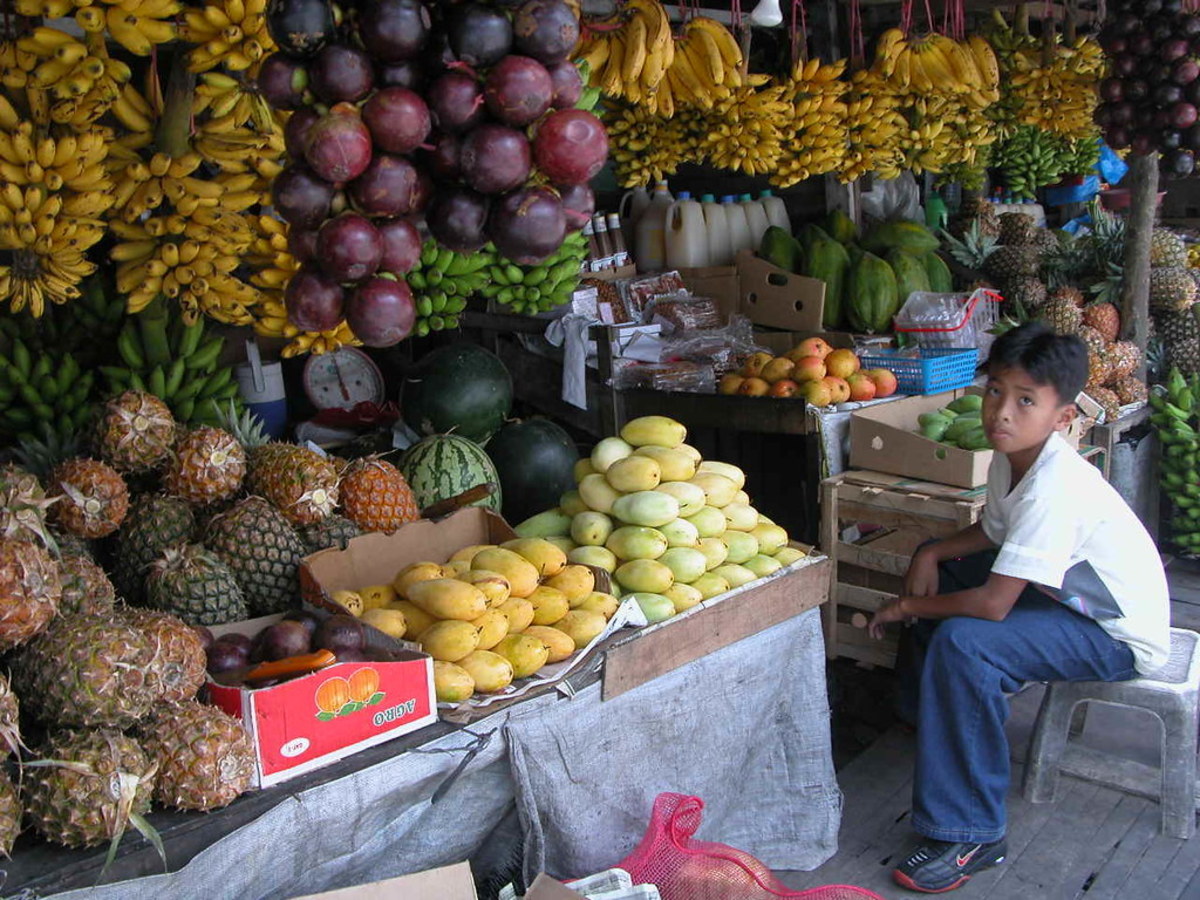Vanilla
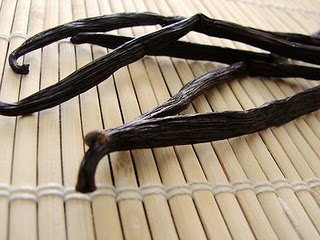
Vanilla

A bit of history...
If you ask people what their favorite flavor is, chances are they'll respond with 'chocolate'. Vanilla however consistently ranks at the top of most polls as the most popular flavor of sweets and baked goods. Vanilla is often used to describe a Plain Jane situation, but true vanilla is anything but simplistic. Like chocolate, it is most often seen in sweet dishes, but it is just as appealing when making savory appearances. So what is vanilla?
Vanilla is the only edible fruit of the largest flowering plant family in the world - orchids. It is harvested from the seed pods of two tropical members of the species, commonly known as Tahitian or Bourbon. These are the only two types that are grown commercially, although there are well over 100 different members of the vanilla family.
Centuries ago The Totonaca and Olmeca peoples of the Gulf Coast of Mexico were the first to use vanilla in beverages and to domesticate it for cultivation. Both peoples considered vanilla as sacred and as gifts from the gods, and used the plant in sacred ceremonies, as parts of amulets and in temples for the fragrance.
In the early 1500's, vanilla beans left Mexico, bound for Spain, where it was initially used as a perfume, and later as a flavoring, and it gained rapid popularity. Thomas Jefferson is credited with bringing vanilla to the US on a return trip from Europe as ambassador to France.
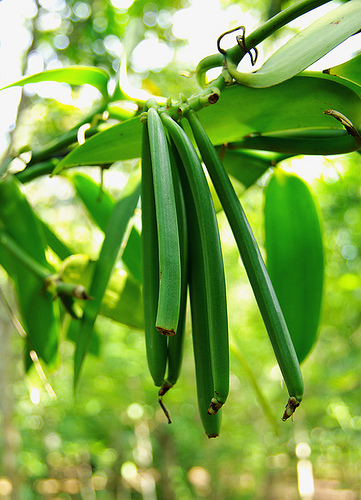
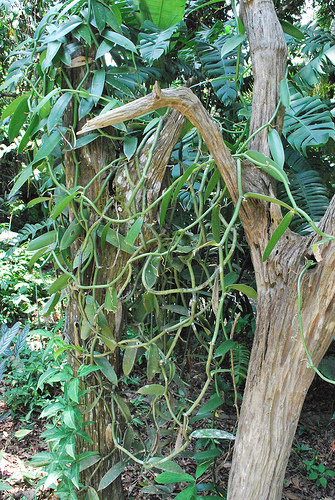
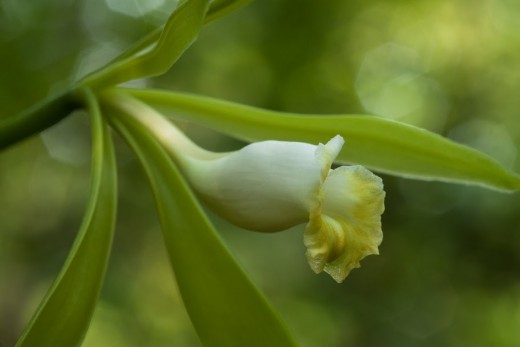
About the plants...
Vanilla is native to tropical South and Central America more specifically to Mexico, although it is now grown in multiple locations throughout the world. Soil and climate changes in various locations lead to subtle, but distinct flavor and aroma variations. Therefore, you'll often see very distinct locations in the branding of different vanillas - i.e. Mexican, Madagascar, Indonesian etc. No matter where the beans come from, good beans should have a distinctive, rich, full aroma, and be smooth in appearance. They should also be quite pliable - you should be able to bend them without breaking them. Don't buy vanilla beans that show signs of being dry (wrinkled), brittle or those which have a 'smoky' or musky smell.
Because growing vanilla involves a minimum of three years for the plants to develop, and the pods require a nine month on-the-vine development, growing vanilla is extremely labor intensive, leading to the high cost (second only to saffron!). After harvest, the beans must be 'killed' or cured correctly by drying in order to fully develop the signature vanilla aroma and taste. Once dried, the beans have reduced to 1/5 their original size, but they are now the familiar dark color and sport the rich, intense aroma for which they are prized.
Almost all vanilla beans, regardless of the location where they are grown, originated in Mexico. The exception is Tahitian beans, which are considered distinct botanically, although even the root stock for this species had origins in Mexico. Therefore, Mexican vanilla, if grown in Indonesia, is Indonesian. Only vanilla grown in Mexico is known as Mexican - which is one of the finest in the world.
The US is the world's largest consumer of vanilla, followed closely by France. The US dairy industry is one of the largest consumers of our vanilla imports, using it liberally in ice cream, drinks and yogurts. Other uses involve a myriad of food applications, but also in fragrances of all kinds. Most labels which identify 'vanilla flavoring' actually contain imitation vanilla. "Natural" vanilla flavor is often a mix of real and imitation vanilla, whereas pure vanilla is often proudly labeled as such, often with the country of origin. Taste of few of these side by side, and you'll quickly realize why true vanilla is so highly prized, and can command premium prices. There's nothing like it in the world.
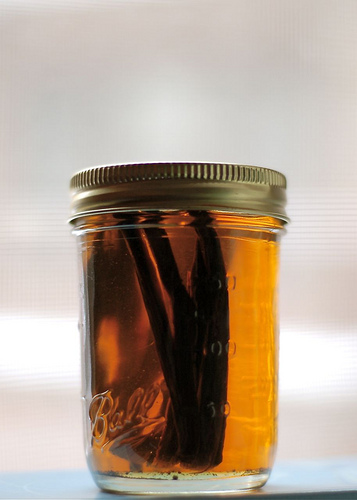
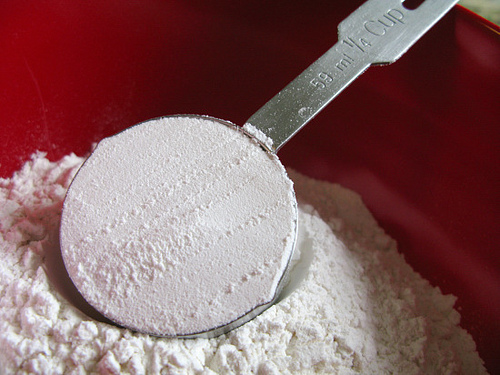
Forms of Vanilla
Most of the time you'll encounter vanilla in two forms - either the whole bean as pictured at the top of the article or in an extract. The whole beans are primarily used by splitting the bean and scraping out the tons of tiny seeds - the tiny black dots you see in high quality vanilla products such as ice cream. Those bitty dots are gorgeous little flecks of flavor.
You'll also see vanilla extract - in which vanilla beans have been steeped in alcohol in order to capture the flavor. Because the alcohol is the vehicle by which the flavor is delivered, if you add vanilla extract to hot ingredients, you run the risk of the alcohol evaporating and having the flavor dissipate too much. Always look for 'pure' vanilla extract - keep away from anything labeled 'imitation' or vanilla 'flavoring'. The flavors are harsh and rather bitingly 'chemical' in nature.
Other than these, if you wish to get a bit more adventurous, look for some of the other form in which vanilla has begun appearing in recent years. Many times these can be found in specialty or high end grocery stores, and of course there are numerous online sources.
Ground vanilla beans are just what it sounds like - whole vanilla beans which have been ground. Don't confuse this with vanilla powder - ground vanilla is pure vanilla. The flavor is unbelievable, intense and heavenly. It's not sweetened, and doesn't dissolve completely, but the flavor makes it worth the trade off.
Vanilla powder on the other hand is a powder made from dextrose or sucrose, which has been sprayed with vanilla extract. It is sweetened by nature of the base powder, and the flavor and aroma are lighter than in other products.
Vanilla paste is a mix of intense vanilla extract and ground vanilla beans. It's a thick liquid, not truly a paste, and it wonderful to use in baking where you want an intense, pure vanilla flavor. It is often used in applications involving cream - ice cream, custards and puddings.
Use and Storage
Use the whole bean! Every bit of the beans are full of flavor. If you only need the seeds scraped out for one recipe, make sure that you save the pods for use in another. You can steep the pod in hot liquid - coffee, cream or tea - for a beautiful additional flavor.
If you've used a pod, rinse and dry it. It can then be added to a sugar container or coffee tin, and it will continue to impart flavor, although admittedly less intense. If you come across beans that have dried out, you can rehydrate them. Simply soak them in the liquid your recipe calls for. Alternately you can use a spice or coffee grinder to grind over-dry vanilla pods for use in recipes in place of, or in addition to vanilla extract or paste.
Vanilla is typically thought of as a flavor to be paired with sweets - but try it in savory dishes as well. It's particularly lovely in sauces.
Store vanilla beans indefinitely in a cool dry place. Don't refrigerate them - this increases the likelihood of the beans mildewing. Simply use an airtight container or jar, and keep them out of direct sunlight. Check them occasionally for moisture, which can lead to mold. If you happen to cut open beans that show signs of having developed crystals inside - then celebrate! These occur naturally in some types of Bourbon vanilla beans which have stored for some time. These are beautiful in taste - have a party!
Visit the Website!
- The Thrillbilly Gourmet
Combining classic technique with everyday food for spectacular results!


